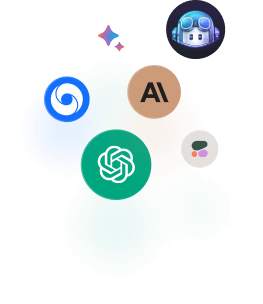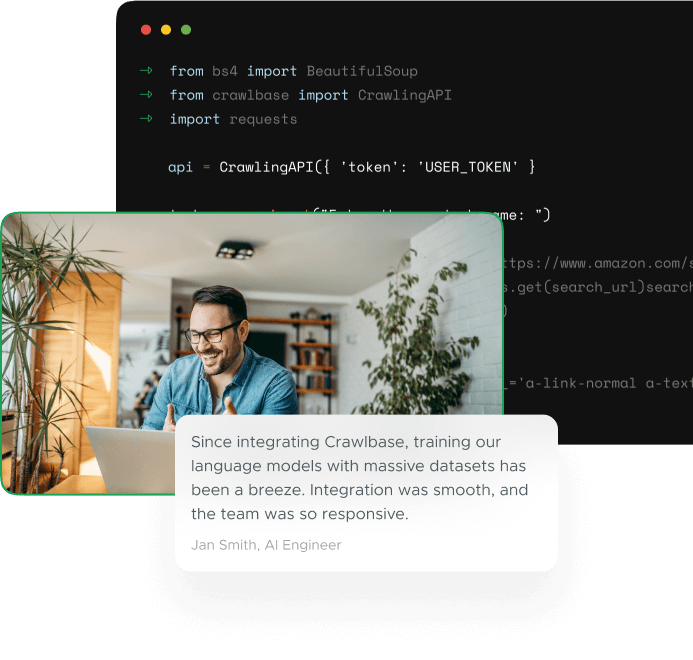
🔓 Unlock the Power of Data
Supercharge Your Generative AI Models
Try it free. No credit card required. Instant set-up.

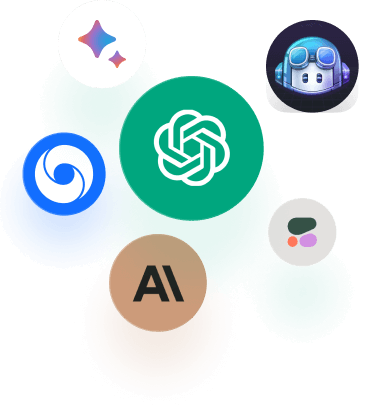




Data scraping is crucial for generative AI, driving its impressive progress. Leading AI models like ChatGPT and LLaMA rely on efficient data extraction from the internet. This scraping process enhances the model’s language understanding and generation by providing diverse and rich information.
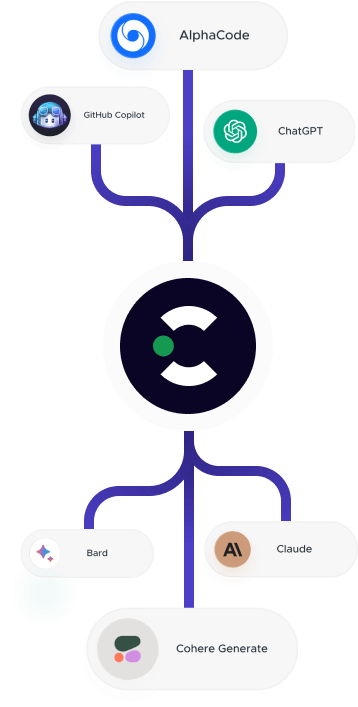

Bring your LLM Capabilities to New Heights

Data Quality and Reliability
Our APIs uphold strict data integrity standards, providing accurate and reliable data for training AI chatbots such as ChatGPT, Netomi, and more.

Seamless Integration
Complete with extensive documentation, sample code libraries, and dedicated technical support for a smooth integration process.

Scalability and Efficiency
We handle small to massive data crawling operations efficiently, so your team can focus on LLM development.
Supporting all kinds of crawling projects
Create Free Account!

Say Goodbye to Limitations
Unbounded Possibilities for ChatGPT and other LLMs. Sample Data Sources


A Game-changer for Training Foundation Models
Crawlbase APIs are designed to empower LLMs like ChatGPT, PaLM, or Bard with cost-effective data acquisition capabilities.
Our API leverages sophisticated technology to navigate websites, extract relevant information, and deliver it to you in a structured and usable format.
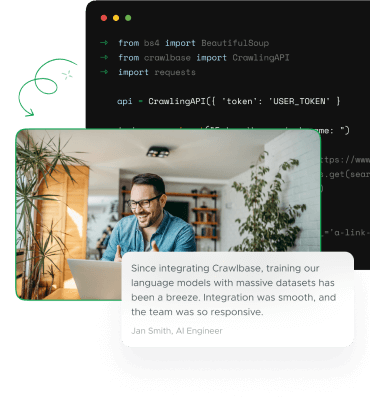







Embark on a Data-driven Journey Towards Success with Crawlbase

Expand your Knowledge to Gain Competitive Edge
Revolutionize your data acquisition process for training and prompting your ChatGPT model by learning how you can fully utilize the Crawlbase APIs. Browse our Knowledge Hub now.




Ready to Power Up Your AI? Contact our Sales Now!
To get started, fill up the form with your contact details, a brief description of your concern, and your preferred time to be contacted. One of our sales experts will promptly reach out to you.
For product support, please use the Contact Support page.

Contact our Sales Team
Thanks for reaching out!
One of our sales agent will out to you as soon as possible. Talk to you soon!
Details are wrong!
There is something in the form which you entered wrong ;)

Start crawling the web today
Try it free. No credit card required. Instant set-up.





